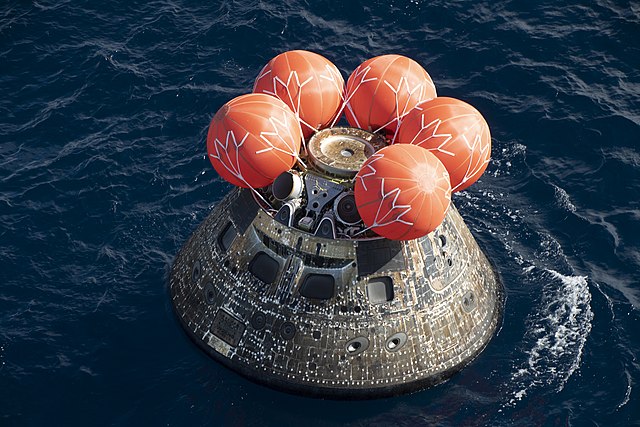
Now that the Orion spacecraft has completed the Artemis 1 mission into deep space, scientists and experts will be considering what the journey means for future space travel. This will include months of research on the craft and everything inside.
At Engineering For Kids® (E4K), we encourage kids to cultivate their love of deep space travel and to dream big in our Mission to Mars program. We believe our space-themed program will help prepare future astronauts, engineers, and scientists for their space travel and exploration roles. That’s why we are excited about the Artemis program.
What happened on the Artemis 1 Mission?
The Artemis 1 Mission was largely a test mission to see how the spacecraft and a human-life dummy would handle a trip to the moon. During the mission, Orion flew by the lunar planet twice. It even came within 80 miles of landing on the surface. The stress test saw the craft go over a thousand times further than the International Space Station, almost 270,000 miles from Earth.
The mission broke other records too, such as staying in space for the longest amount of time without docking to a space station.
Splashdown, the term used for Orion’s return to Earth, happened on December 11, 2022, just before 10 a.m. off the coast of Baja California.
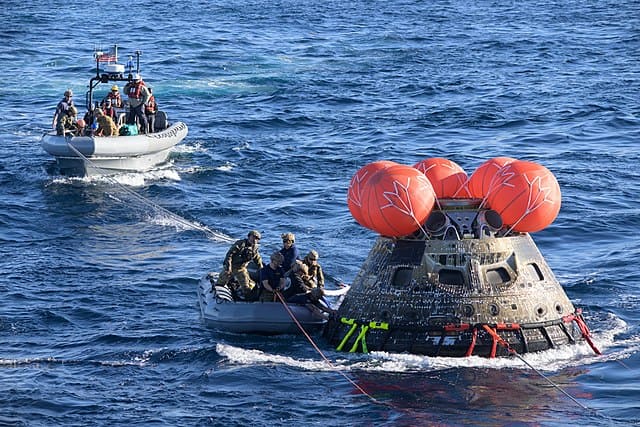
“The splashdown of the Orion spacecraft – which occurred 50 years to the day of the Apollo 17 Moon landing – is the crowning achievement of Artemis 1,” NASA Administrator Bill Nelson said.
The achievements of Orion and NASA with the Artemis program are something that today’s students need to know and celebrate. Orion itself is a remarkable spacecraft, having survived high temperatures, about 5,000 degrees Fahrenheit, as well as high speeds. The ship abruptly reduced its speed from 25,000 miles per hour to just 20 so it could safely complete a parachute-assisted splash down.
What’s next for this series of missions?
For the next several months, research will be high on the list of activities for the Artemis program. Several elements of Orion will be under scrutiny, including space biology experiments and the mannequin that was sent into space as a test subject.
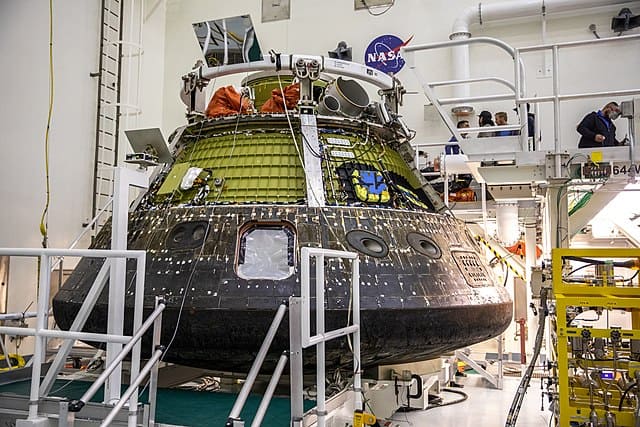
The mannequin was dressed in a crew survival system suit and had two radiation sensors attached. The information gathered will help NASA prepare and protect astronauts set to fly on the next mission. The Orion craft itself will also be examined and its design and protective elements updated if necessary.
The next launch in the Artemis program isn’t expected to happen before 2024, but NASA will continue to extend the excitement by announcing the four-person crew that will launch with Artemis II. This mission will be the first to travel beyond low earth orbit since Apollo 17 in 1972.
During Artemis II, a human crew will fly on the ship, orbit the Earth twice and test its speed capabilities. It will not conduct a moon landing but rather a flyby. The mission is expected to last about three weeks. After a successful mission, plans will be finalized for Artemis III, a human landing on the lunar planet. NASA is hoping they will be able to establish a permanent base on the moon at some point.
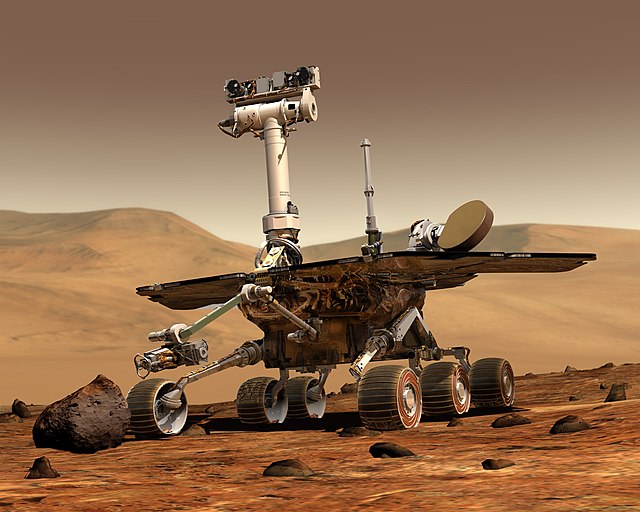
Paving the Way for Mars Missions
The Artemis program is considered a stepping stone for missions to Mars and beyond. What NASA scientists learn from trips to the moon will be used to prepare humans for life on Mars.
Several exploration tools have already been gathering valuable data on the red planet. These include the Perseverance rover, which has been collecting rocks and information about Mars’ atmosphere. Plans are still underway to retrieve the information as the Mars Sample Return Campaign and allow scientists on Earth to examine it.
NASA has already released details about its plans for a human trip to mars in the late 2030s. However, much still needs to be worked out as the trip travel time alone would be about 500 days due to the distance between Earth and the red planet. However, the preparation and success of the Artemis program will hold many lessons and insights for the organization when it comes to getting people to Mars.
It’s not just the U.S. paving the way for space travel to the moon, Mars, and beyond, but many nations are working together to share information about their own space programs and achievements.
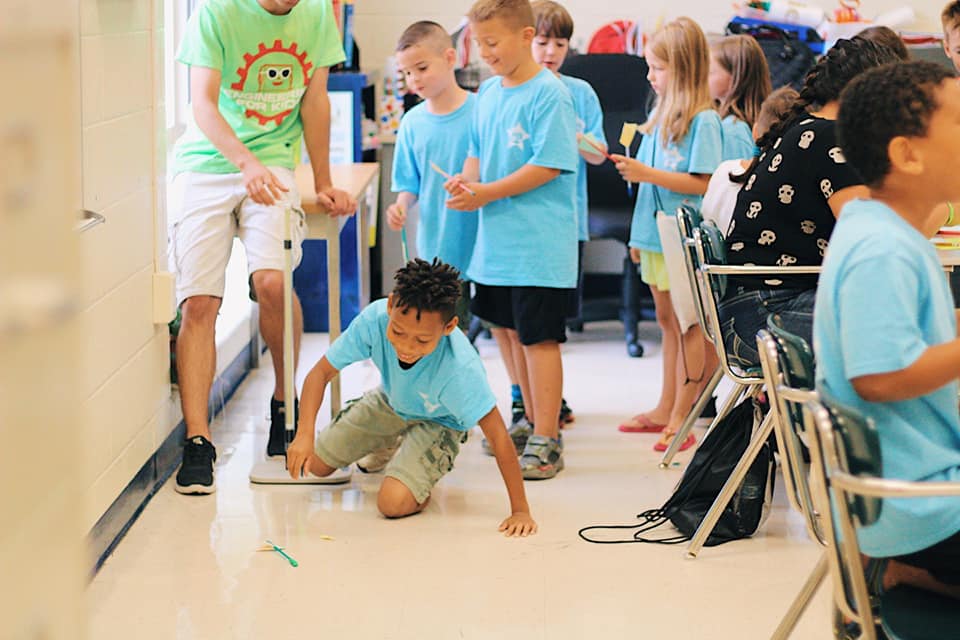
Engineering For Kids®’ programs introduce children to the exciting world of STEM education.
For Kids – Learn all About Space Exploration!
Successful space trips in the future will need young engineers, scientists, astronauts, and more to make it happen. At E4K, we love to help kids dream of what they can be in their future and our STEM programs help them connect their dreams to real-life opportunities.
With NASA under presidential orders to send people to the moon in the 2030s or 2040s, there will be a demand for brilliant minds to unite to make it happen. We believe your child may have what it takes to support and advance space exploration.
Our space camps are suited for any age and interest. Depending on the interest and skill development of your child, we have a variety of programs available, including:
Mechanical Engineering Program
We will delve deeper into the Mars rovers to see how they are used, what makes them run, how they land and maneuver around the red planet, and what tools they are equipped with to gather valuable information for scientists on Earth.
Aerospace Engineering Program
In this camp, students will look at the connection between the rover and scientists on Earth. We’ll also cover different aspects of engineering used in space discovery and what is needed to someday bring people to Mars.
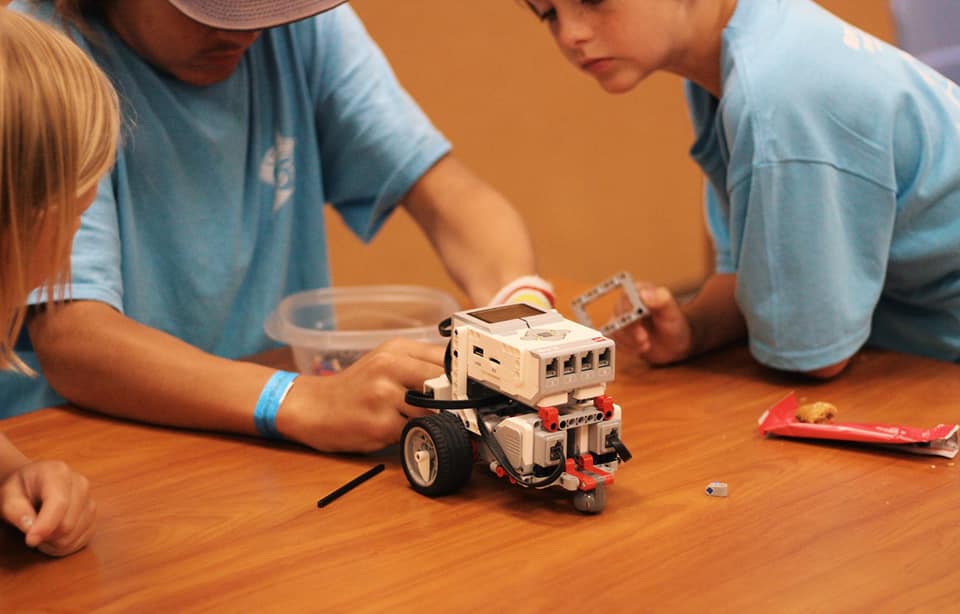
Robotic Mission to Mars
Is your child more interested in robotics? In our robotic mission to Mars, they’ll have an opportunity to design and build robots to complete specific missions. They’ll also learn about some real-world challenges when it comes to planning and building robots for space exploration.
Multidisciplinary Program
This program is for children interested in learning about the Red Planet from a variety of different STEM perspectives. Kids can learn about the Artemis Mission and investigate the topic of humans living on Mars. They will conduct hands-on experiments to further explore these topics, including creating their own Mars base!
Mission to Mars with Minecraft
Get your child’s creativity flowing by Mars simulations using Minecraft. Our camp leaders will teach students to use the game to overcome problems in engineering or technology that hinder human exploration of Mars. If your child is naturally curious and innovative, they’ll love the Mission to Mars with Minecraft summer camp.
If your child gets excited about space missions, Mars rovers, or the goal of putting people on other planets in the future, let E4K help cultivate their interests and love of the science and technology that make space discovery a reality.
Find locations near you and contact us today for more information about our Mission to Mars program (available year-round)!




